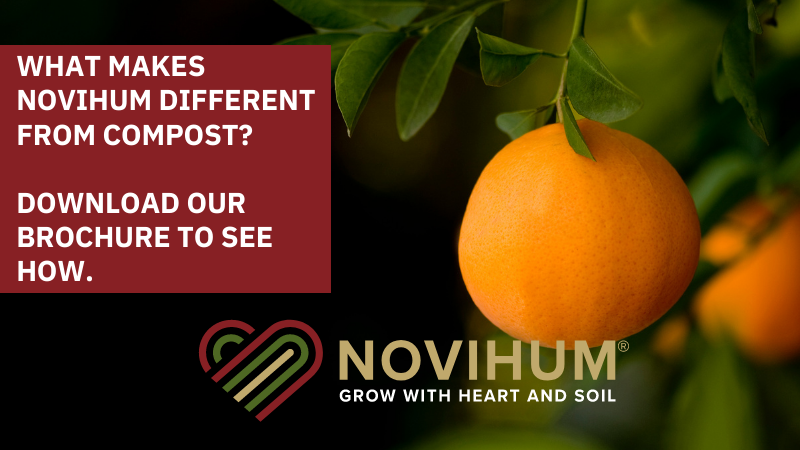Tips To Cure Vineyard Blindness
As I was perusing the most recent copy of one of the trade magazines that I regularly read, an article written by one of our region’s winemakers caught my eye. He was describing a malady that he called “cellar blindness” (or “Subterranean Vino-macular Degeneration” — you need a sexy name for a disease to be taken seriously these days), which is basically the tendency for a winemaker to become “blind” to problems with his or her own wines as a result of constant exposure to them. He discovered this affliction when some wine judges offered some comments regarding a wine he had brought to a tasting — comments regarding a defect that he had never tasted himself. Setting his pride aside, he tasted other wines of that same variety from other areas and discovered that they had a point.
After reading his account of cellar blindness, I started to wonder if the same sort of phenomenon can be found in grape growers and vineyard managers (and viticulturists). I have come to the conclusion that there is a mutant strain of this disease that often afflicts those of us involved in vineyards. Let’s call it “vineyard blindness” — the inability to see the problems or opportunities for improvement in our own vineyards, even though we are in them every day.
So what is the “cure” for vineyard blindness? Laser surgery? Eating more carrots? Similar to this winemaker’s answer to cellar blindness, I think exposure to other examples of what you are doing is one of the best ways to combat this problem. For grape growers, this means getting out of your own vineyard and visiting other growers and vineyard managers, both in your own region and, perhaps even more importantly, in other grape growing regions.
I recently returned from a trip to Brazil to speak at its national grape and wine congress, and had the opportunity to visit with some growers, winemakers, and researchers to learn about their industry for several days afterwards. Brazil produces a lot of grape juice, both for consumption within the country and for export, and I wanted to learn more about their production, as it competes with juices made from Concord grapes grown in New York and other areas of the U.S.
In the U.S., most grape juice (real grape juice, I mean) is made primarily with Concord grapes. In Brazil, however, they use a number of different varieties, including Concord, Isabella, Ives, and some new varieties developed by their agricultural research agency to make various blends of juice — similar to what winemakers do with wine varieties. Different producers can blend these varieties to vary characteristics such as color, flavor, and even antioxidant content. Is there something in this notion that a U.S. juice producer could use to its advantage if we had a few more varieties to choose from?
Close To Home
Visiting vineyards and wineries in another country can be a wonderful experience, and can often be a great way to compare yourself to some real “benchmark” regions, like Riesling in Germany, Pinot Noir or Chardonnay in Burgundy, or Sangiovese in Italy. But with the current state of our economy, travel to faraway places is probably not as feasible for many people right now. This doesn’t mean, however, that there still aren’t opportunities to treat a case of vineyard blindness closer to home.
With wine being produced in all 50 states now, and with most of those states having at least some vineyard development associated with those wineries, there are plenty of chances for growers to see different practices and get new ideas from colleagues in other regions. If you grow grapes in the Midwest, have you ever taken the time to visit some of the vineyards in other nearby states? Growers in places like Missouri, Indiana, and Minnesota are doing some really interesting things with hybrid varieties like Vidal Blanc, Chambourcin, Chardonel, Lacrescent, and Traminette in their vineyards. If you grow Riesling, Chardonnay, or Cabernet Franc, you could maybe gain some valuable insights by visiting vineyards in New York, Michigan, Virginia, or Ohio. Maybe somebody there has dealt with the same problem in their vineyard as you have struggled with and perhaps have just learned to live with.
It certainly can be difficult to find the time to make these kinds of trips, especially during the busy growing season when there is always so much to do. And I know our country’s current economic situation may not inspire a whole lot of confidence to spend the money to do so, either. But the chance to see what others are doing in their vineyards — to alleviate “vineyard blindness” and to possibly improve your vineyard’s quality or productivity — may well be worth it.









